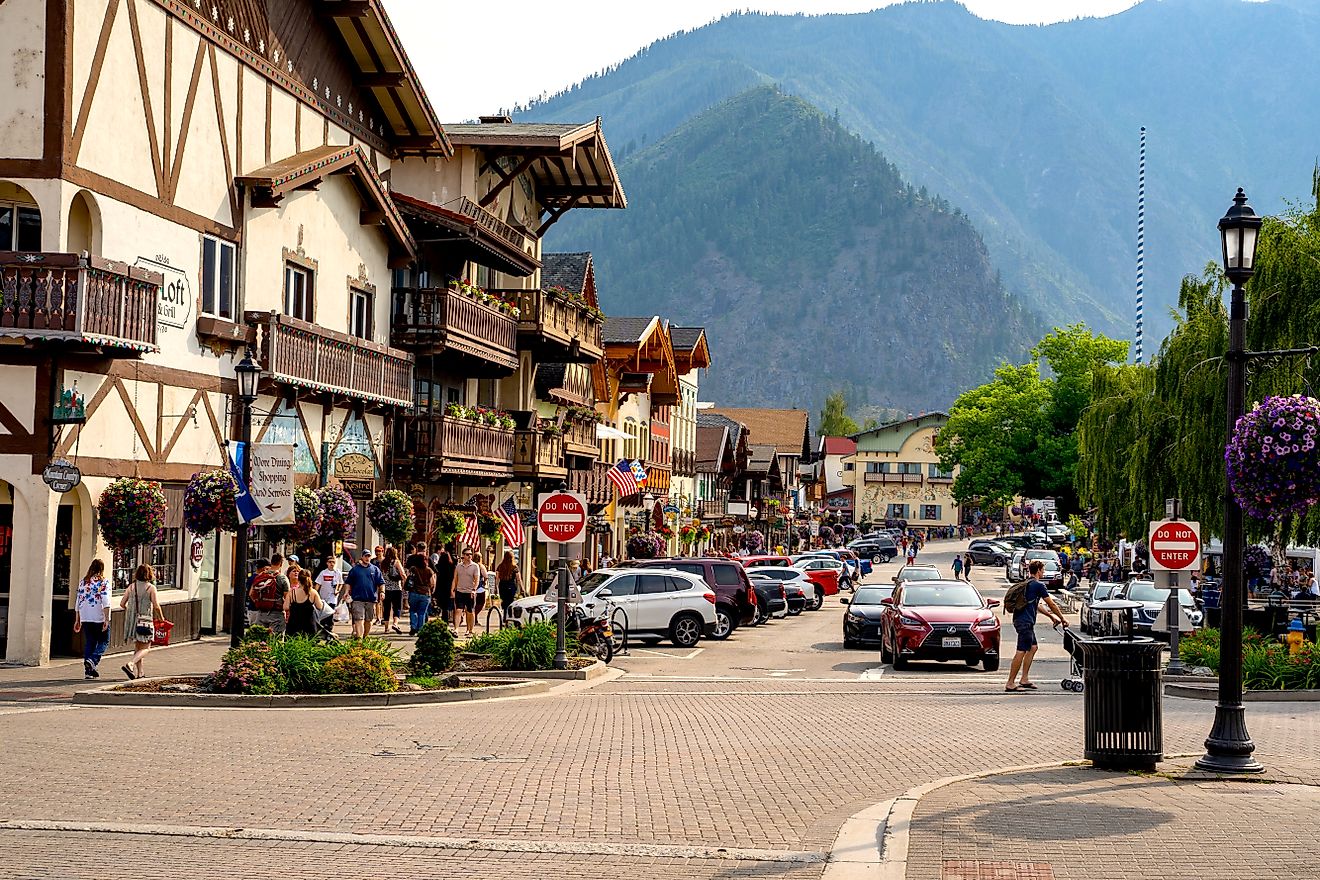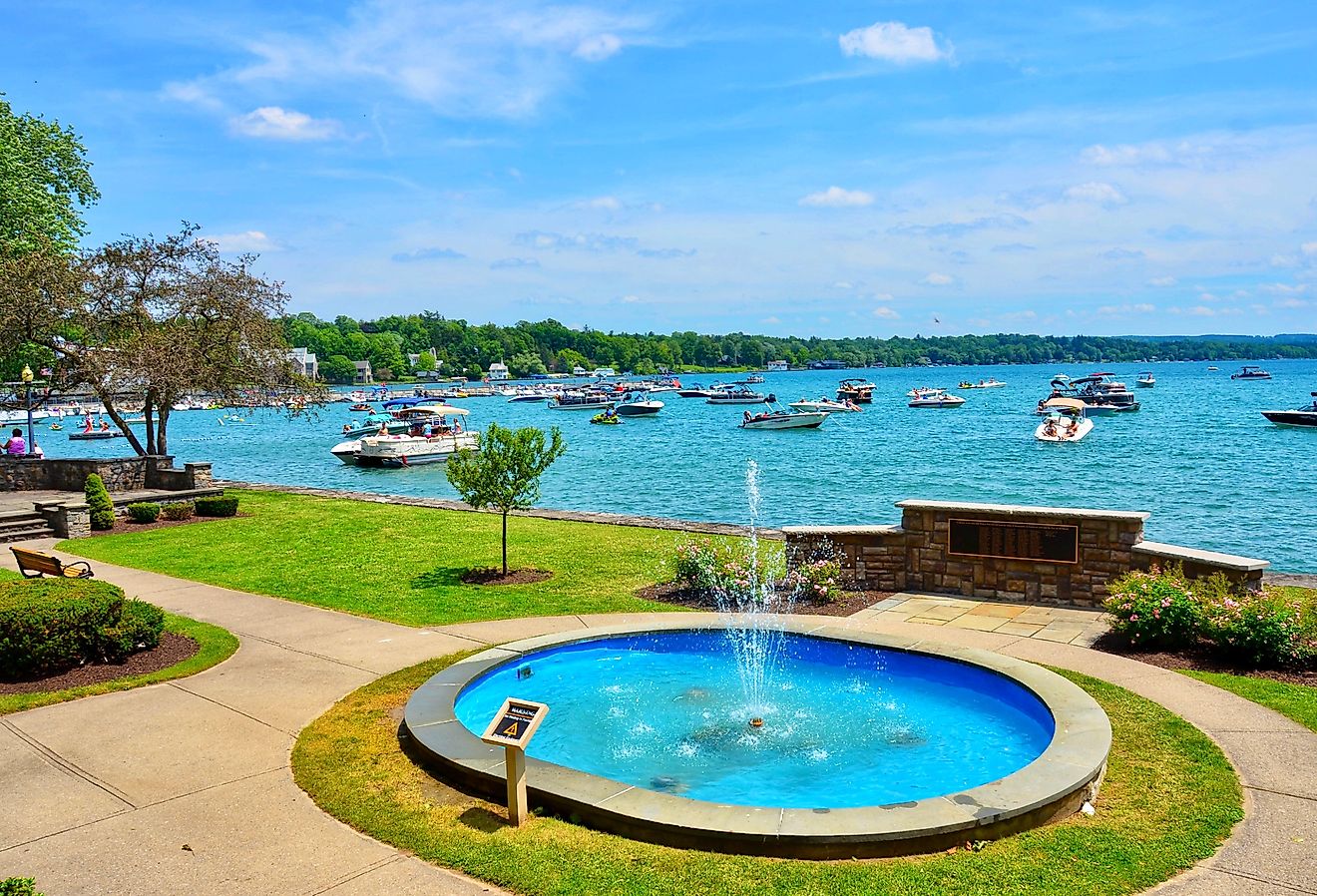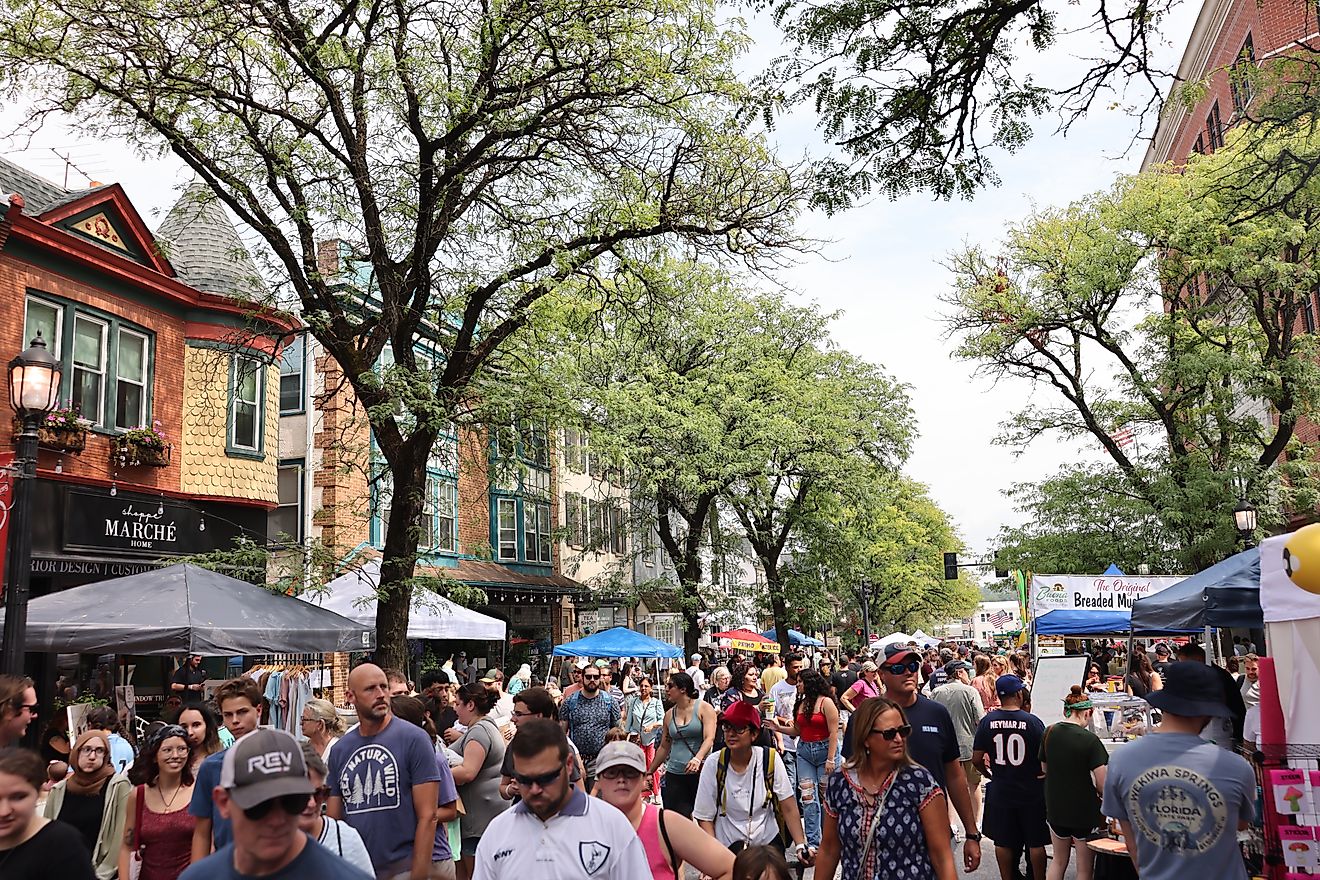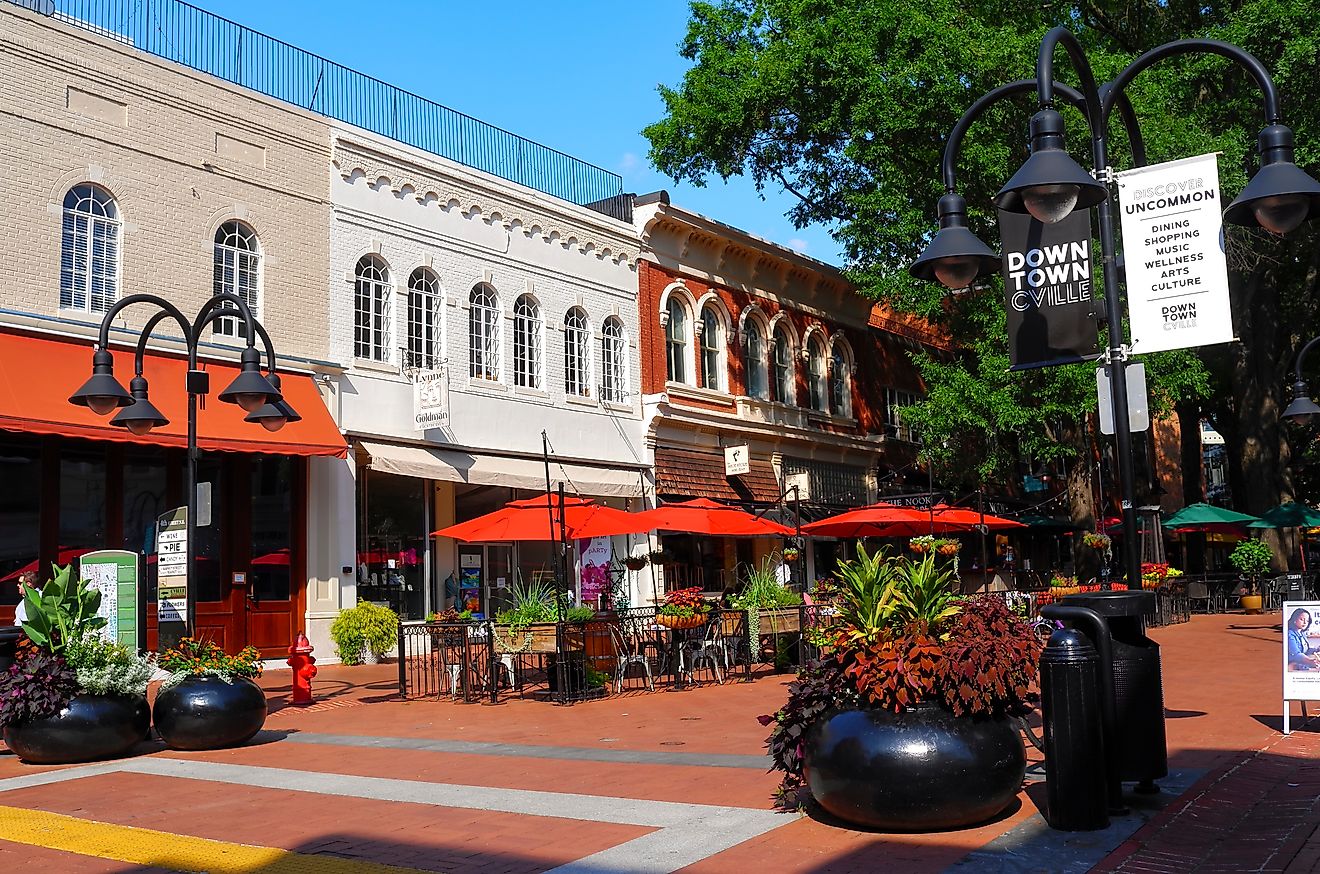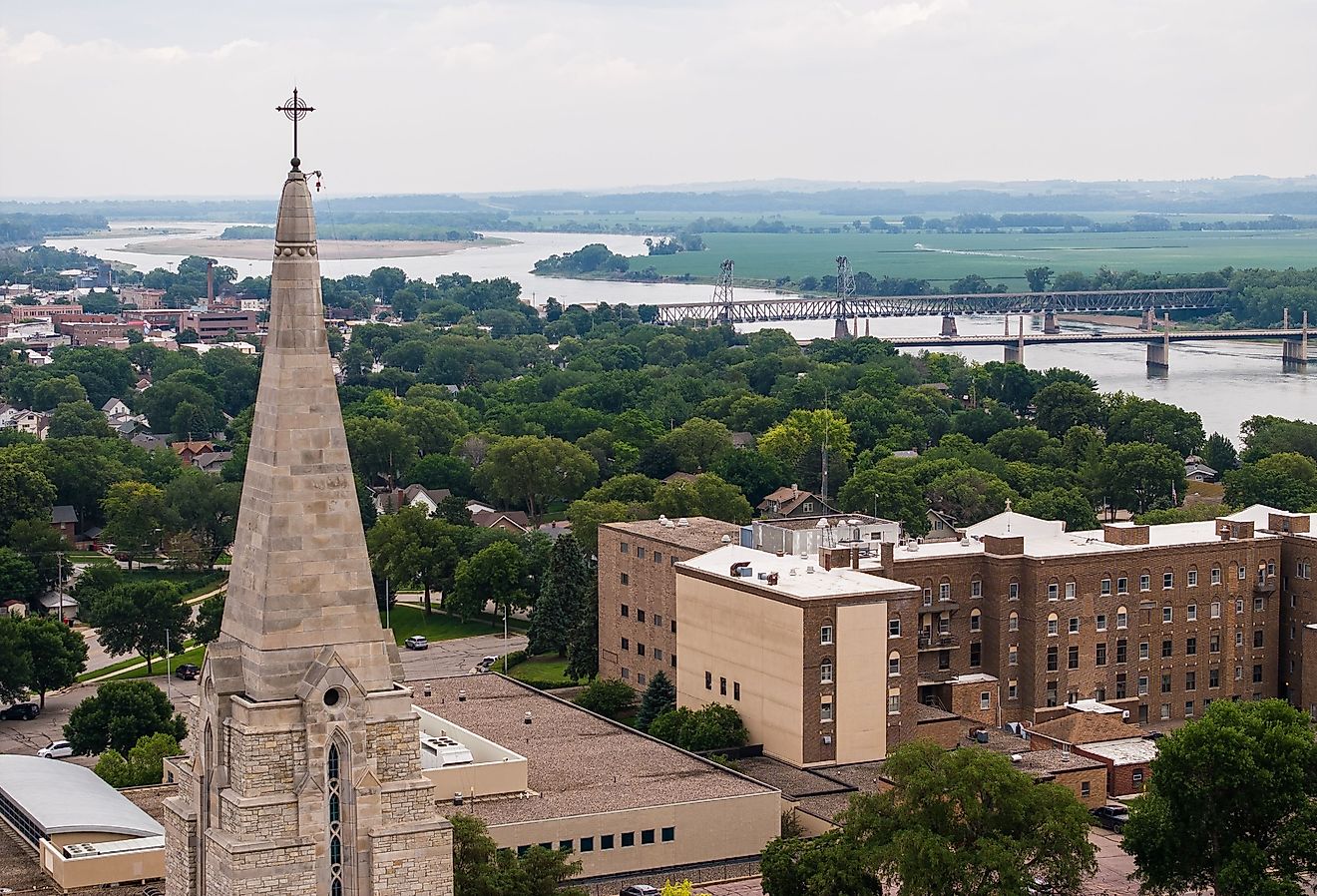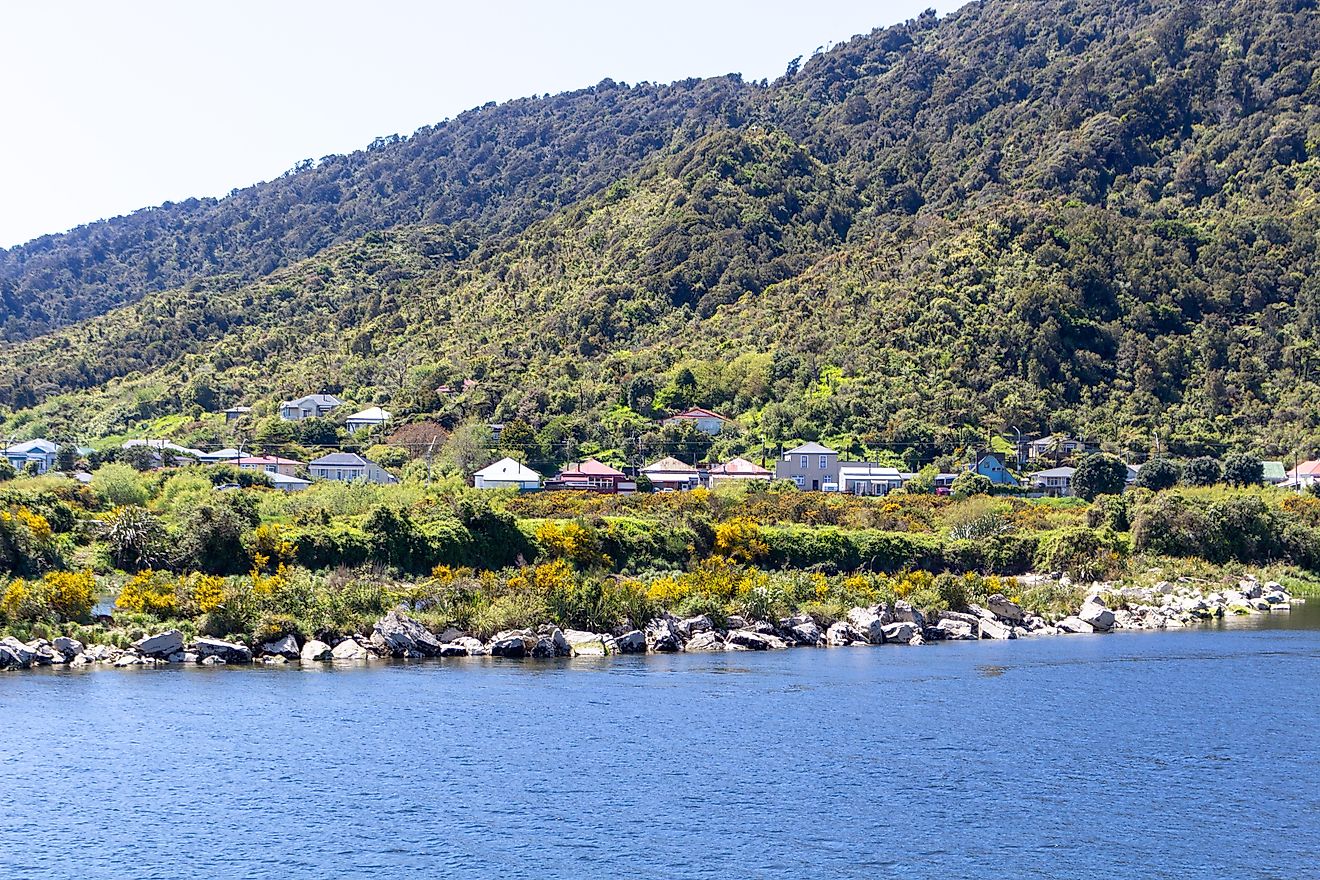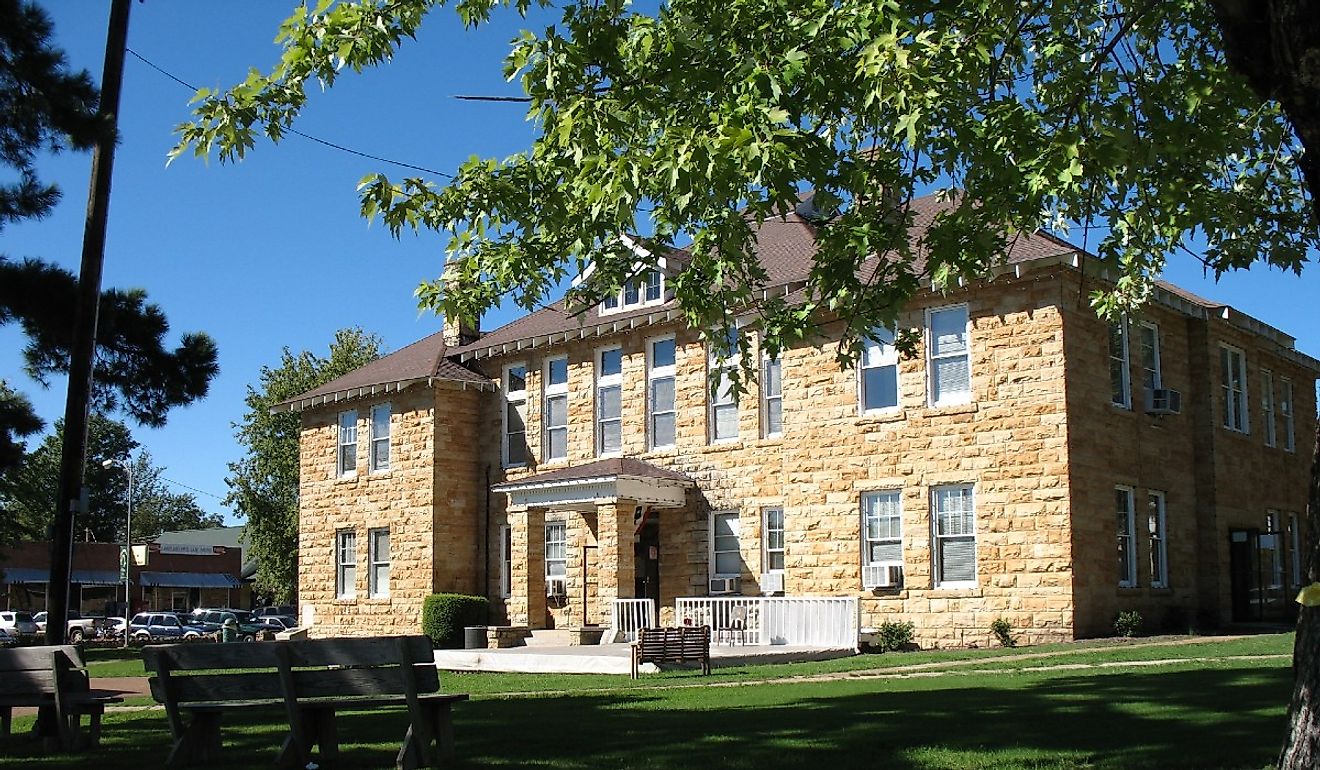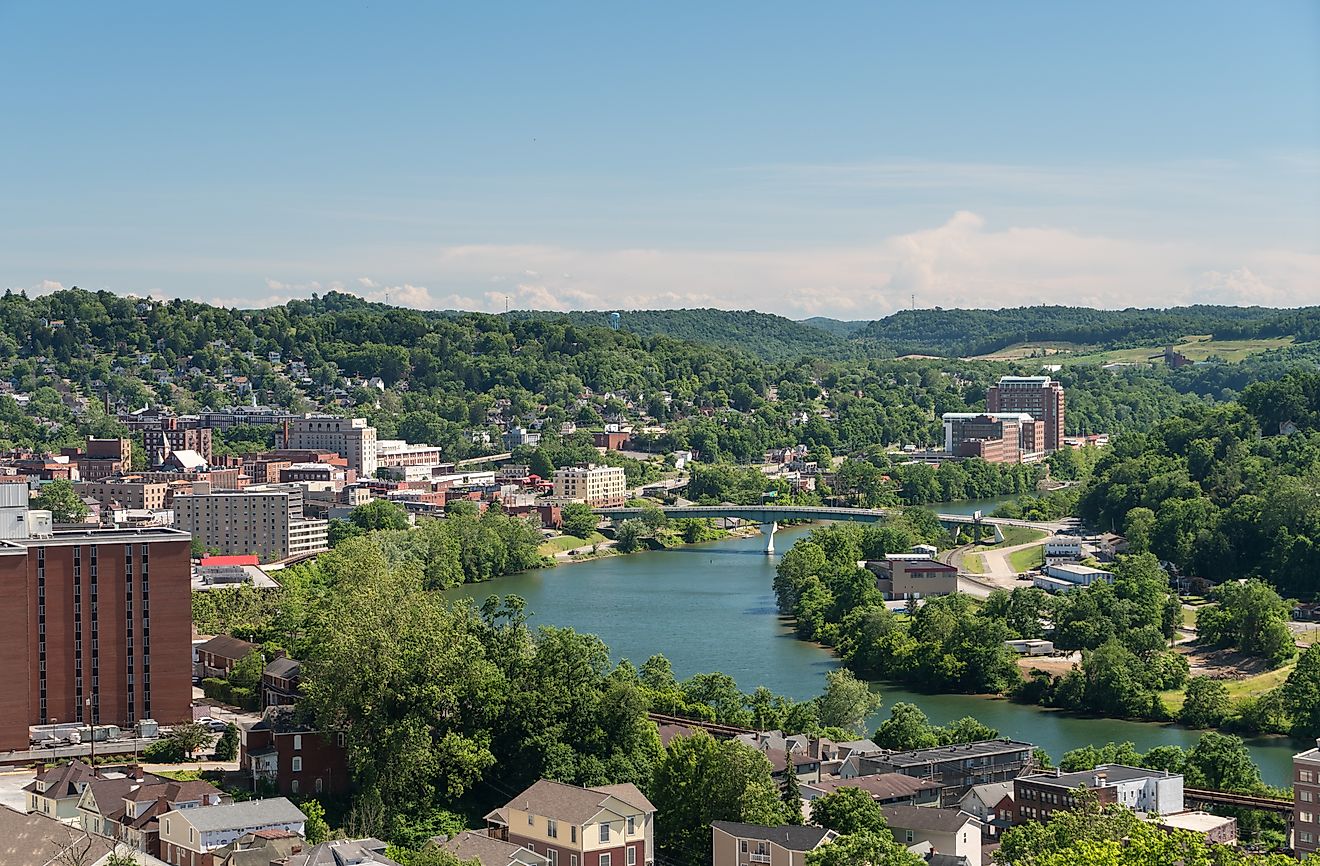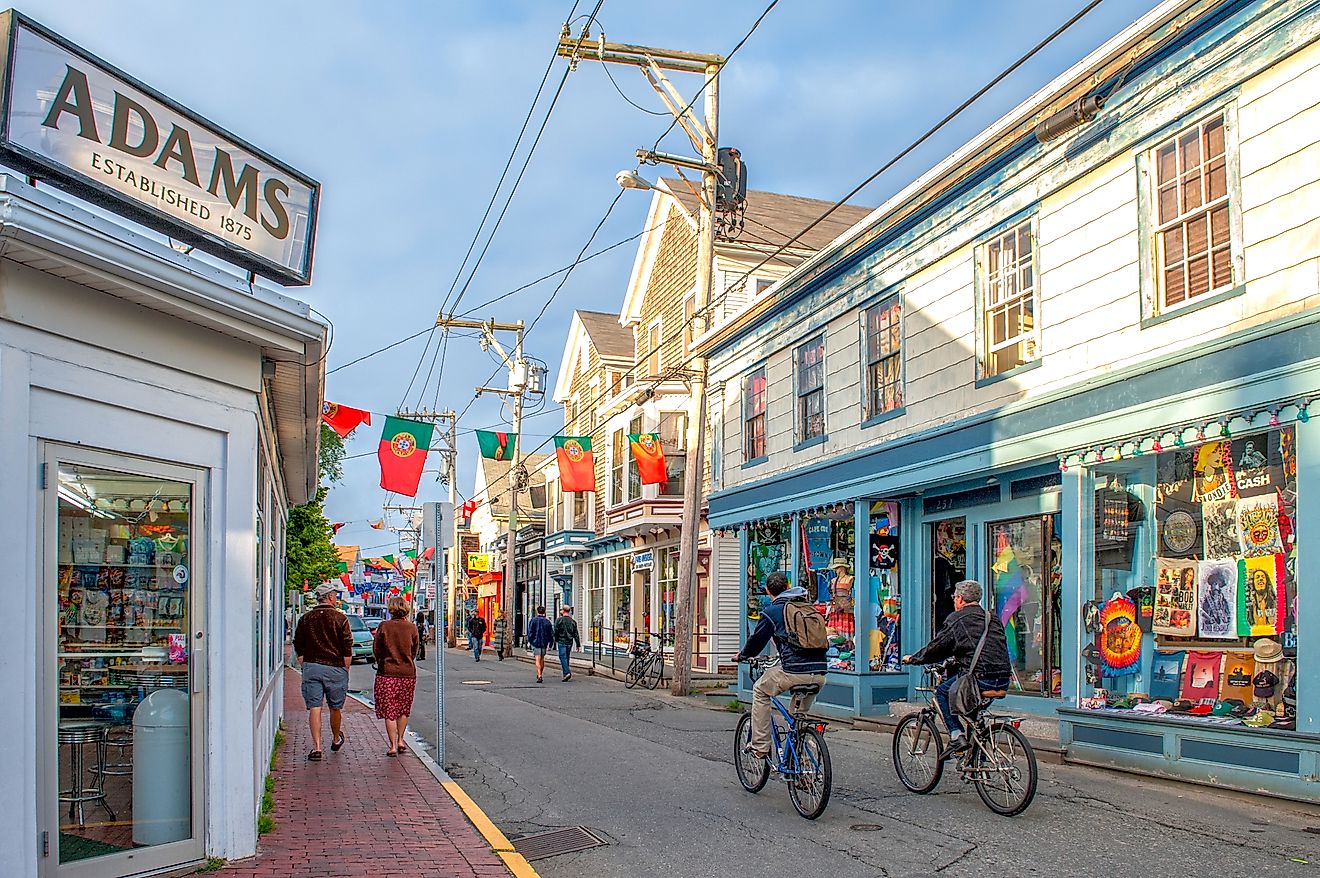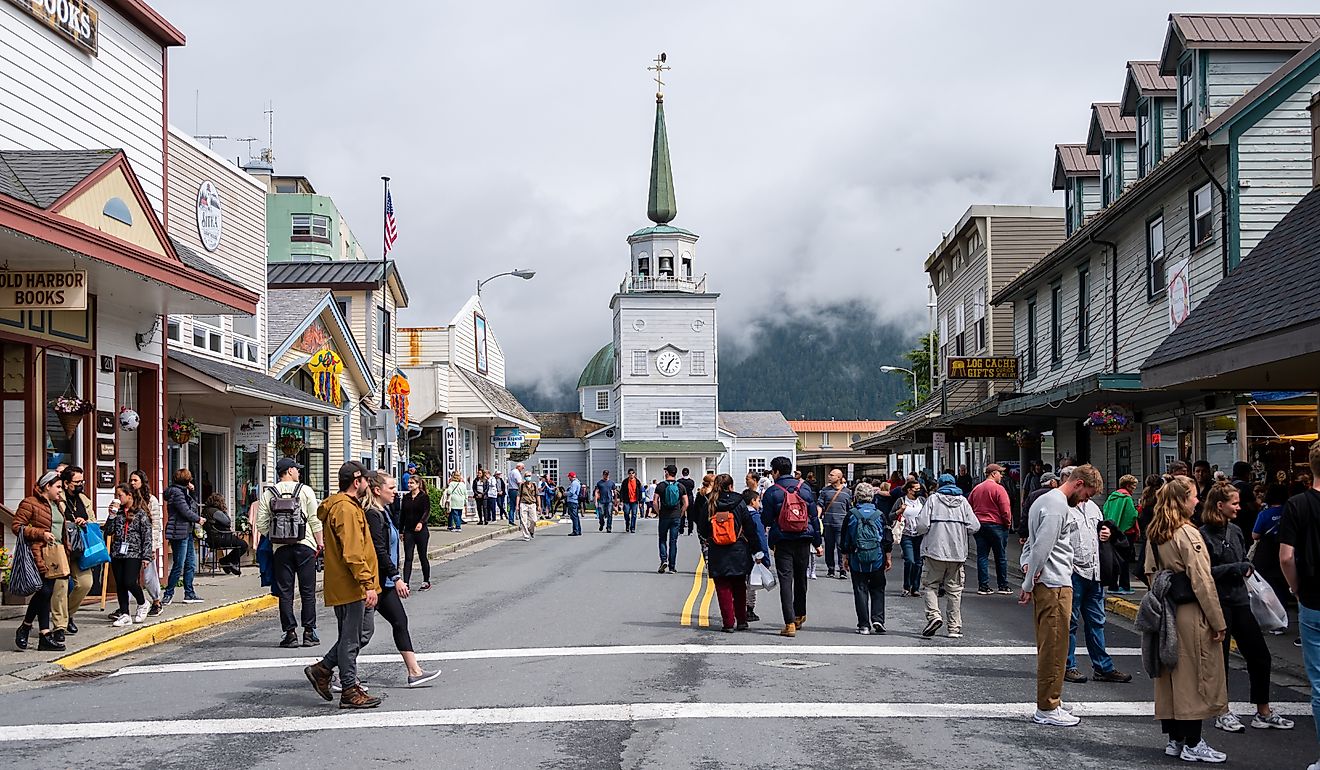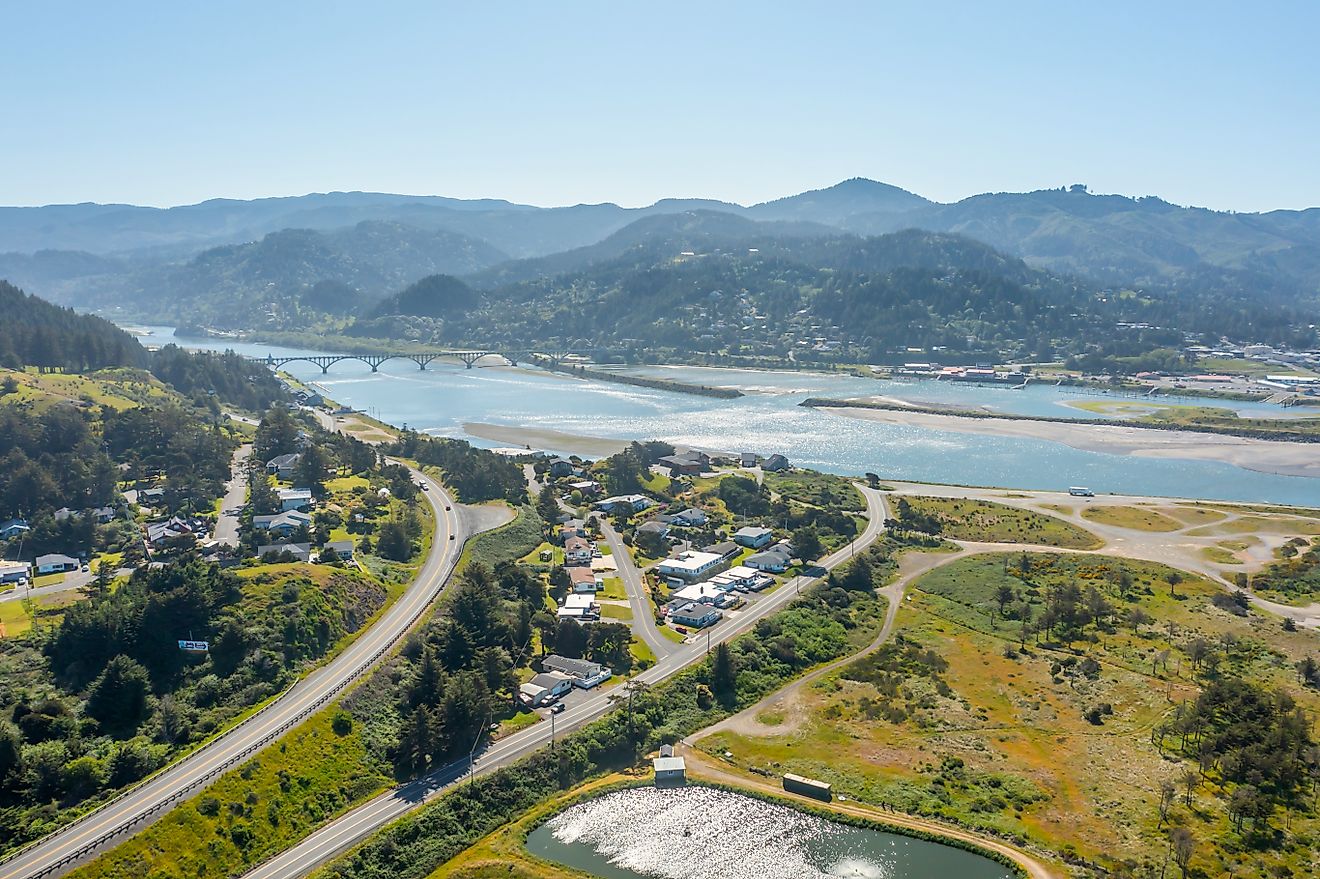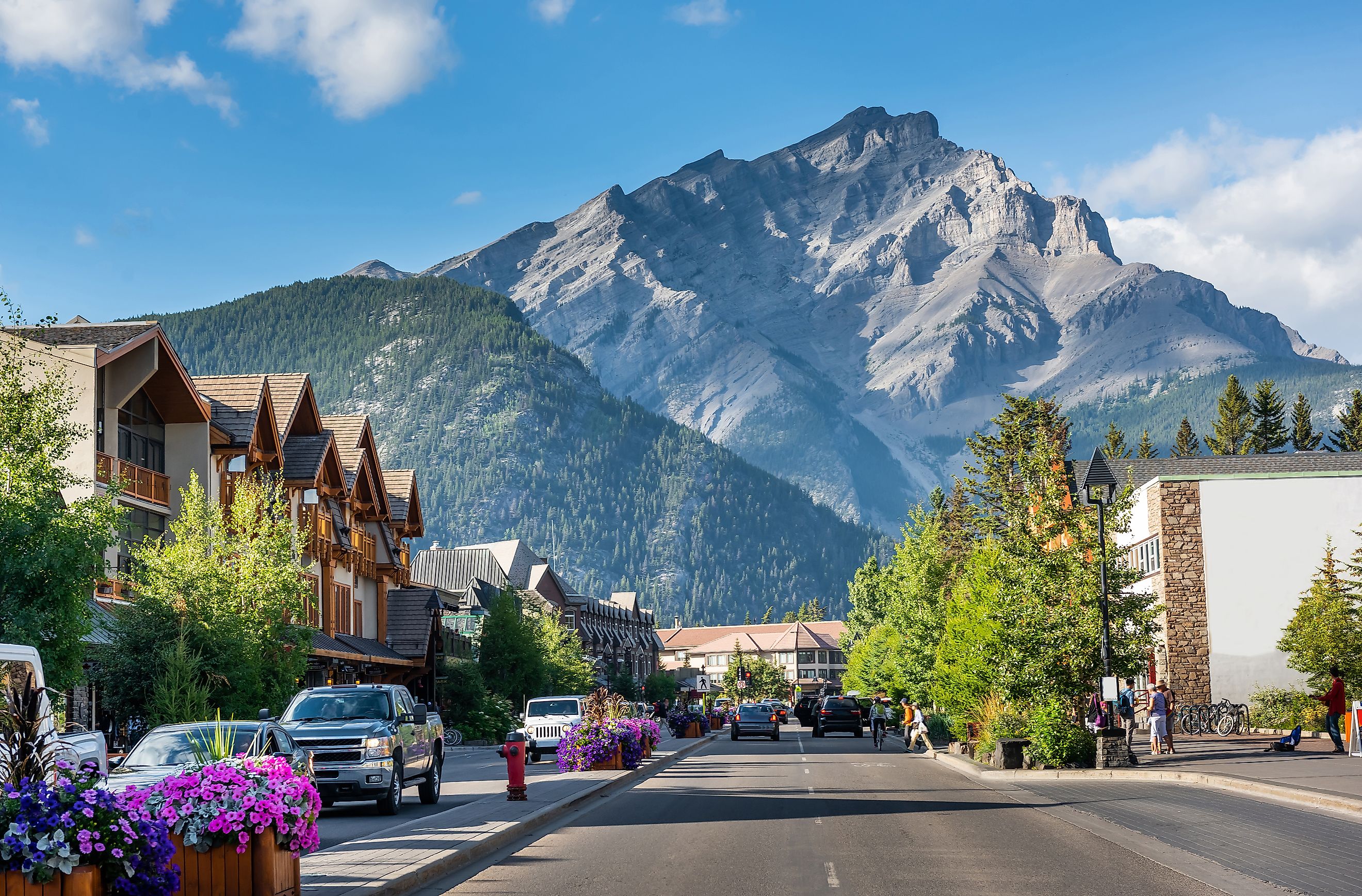
10 Amazing Alberta Day Trips That Are Worth The Drive
With a blend of rugged Rocky Mountains to the west and sprawling Canadian Prairies to the east, the province of Alberta is full of enticing day trips. Whether it is national or provincial parks, UNESCO World Heritage Sites, personable small towns, or scenic drives, touring around "Wild Rose Country" is well-worth beefing up that odometer - not just for local Canucks, but for those hailing from the northwestern states of Washington, Idaho, and Montana. Here are ten diverse destinations to get you started.
Banff National Park
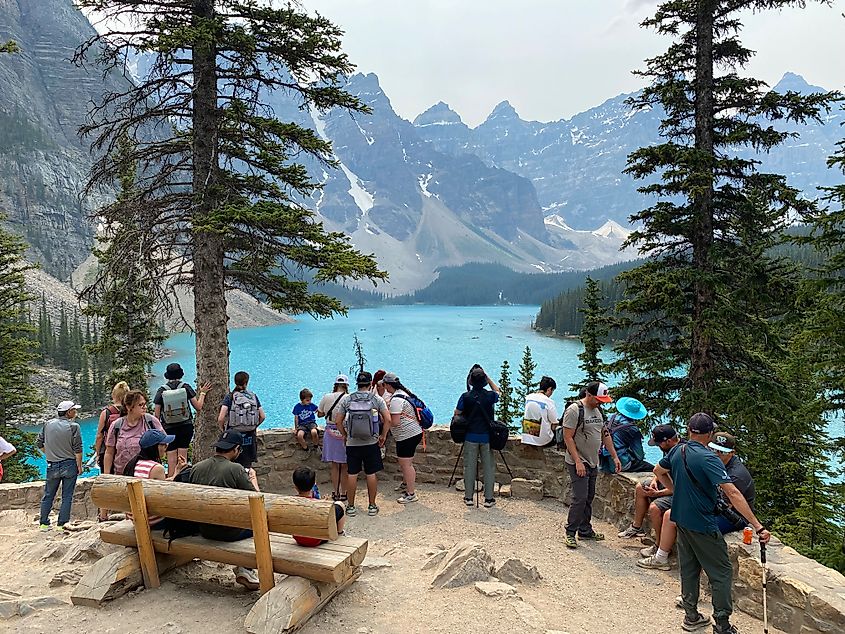
Canada's oldest and most visited national park is popular for good reason. Its 6,641 km2 of majestic mountain scenery, milky-blue lakes, and trail-filled forests are a shining example of what True North nature is all about. At the same time, Banff National Park goes out of its way to accommodate its nearly 4.5 million annual visitors. For those of you driving in for the day, the Town of Banff provides ample long-term parking and free or lost-cost shuttle services to attractions such as Lake Louise, Johnston Canyon, the Mount Norquay ski resort, the Sulphur Mountain gondola and adjacent hot springs, the iconic Banff Springs Hotel, Cave and Basin National Historic Site, the many amenities of Banff Avenue, and more. If you have a little extra time to spare, branch out to some of the surrounding parks that, along with Banff, constitute the Canadian Rocky Mountain Parks UNESCO World Heritage Site - especially this next entry.
Jasper National Park (Via The Icefield Parkway)
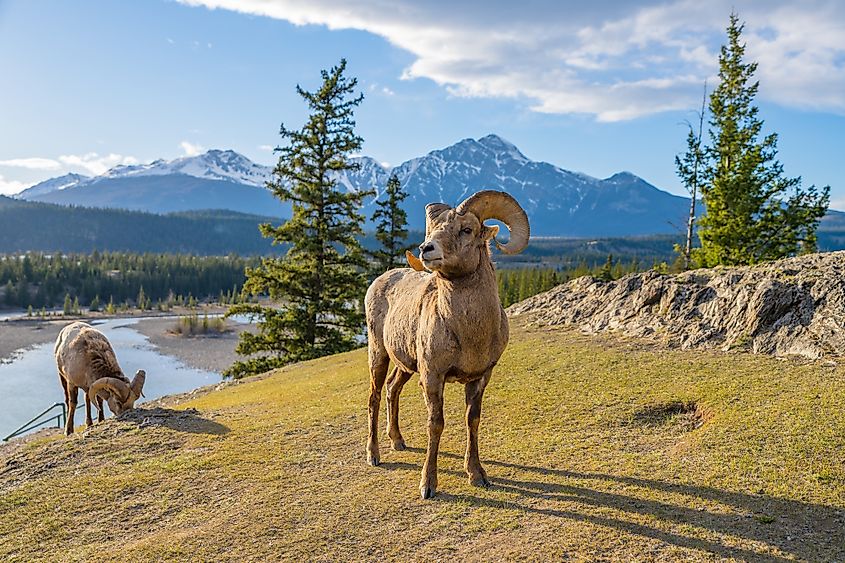
The largest park (11,228 km2) in the Canadian Rockies, the second-most visited national park in not just Alberta but the entire country, and the second-largest Dark Sky Preserve on the planet, is that of Jasper. And though its titular town suffered immensely from the 2024 wildfires, the park has re-opened to adventure-hungry backcountry buffs, wildlife admirers (such icons as black and grizzly bears, moose, wolves, and bighorns all roam here), and all other tourists looking to be inspired by this expansive, resilient place.
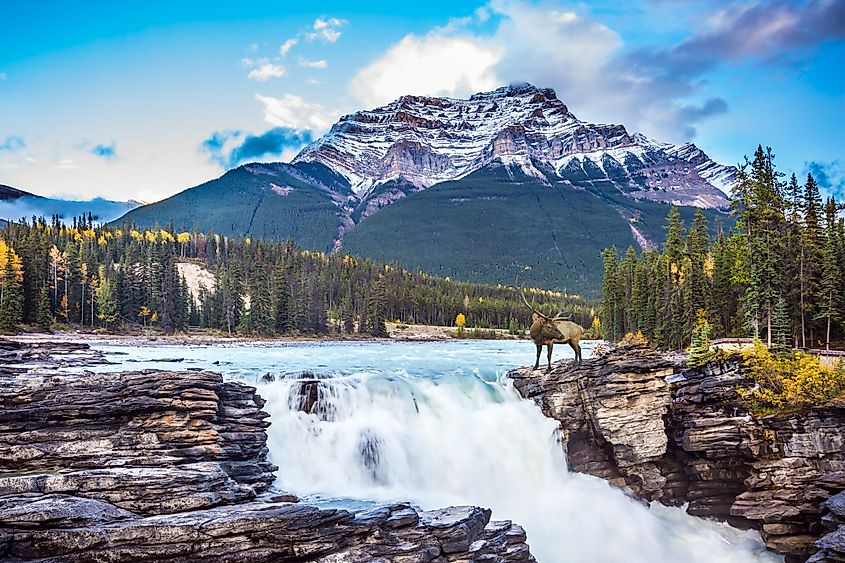
Simply getting from Banff to Jasper is a spectacular day trip unto itself - motorists get to indulge in one of the marquee scenic road trips in the Rockies: the Icefield Parkway. This 232-kilometer journey is open year-round, and, as it is replete with attractions, should take much of the day to complete. Enjoy a short hike to the shores of photogenic alpine lakes (such as Bow Lake and Peyto Lake), take a tour of Columbia Glacier and its corresponding visitor center/museum, take in the panoramic views from atop the nerve-testing Glacier SkyWalk, and pull over to marvel at Athabasca Falls (one of several waterfalls along the way).
Drumheller
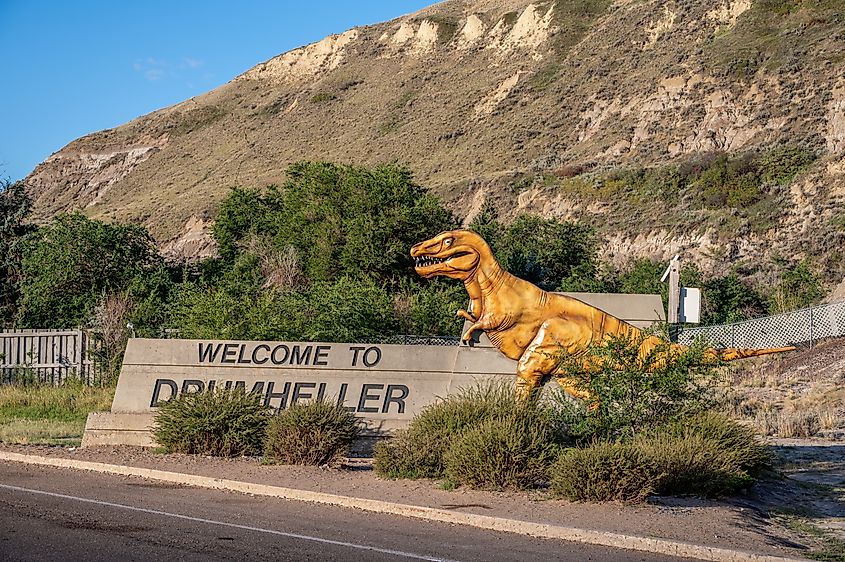
Let's take a break from the mountains (don't worry, we'll return in a moment) and beeline for the Canadian Badlands. The prairie town of Drumheller rests in the striated Red Deer River Valley, surrounded by coulees and canyons, hoodoos, fossil beds, dinosaur statues, and one of the most comprehensive paleontology museums in North America. Start by parking downtown (an easy undertaking in this laid-back place), and perusing the old fashioned facades of its local businesses while looking for the colorful dinos that dot the streets and speckle the rooftops. Next, make your way over to Tyra - the world's largest dinosaur. This mandatory photo-op is just as good as above (from within the gaping mouth of the 25-meter-tall T-Rex) as below (at the base of the local water park and Badlands Community Facility). Then, to get a taste of the real thing, drive a few clicks up the road to Midlands Provincial Park.
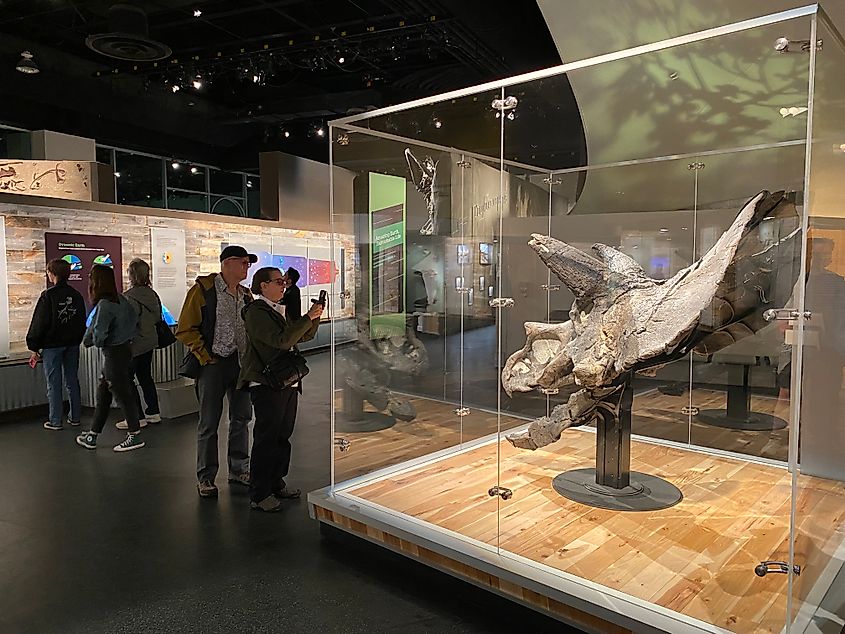
Midland boasts two main attractions that are easily undertaken as part of a day trip. The Badlands Interpretive Trail gives hikers a sense of how the expressive landscape has changed from the Late Cretaceous period through the last Ice Age, and up to today. It starts and ends at the doorstep of the Royal Tyrrell Museum - perfectly priming visitors for the wealth of complete skeletons unearthed around "the Dinosaur Capital of the World."
Dinosaur Provincial Park
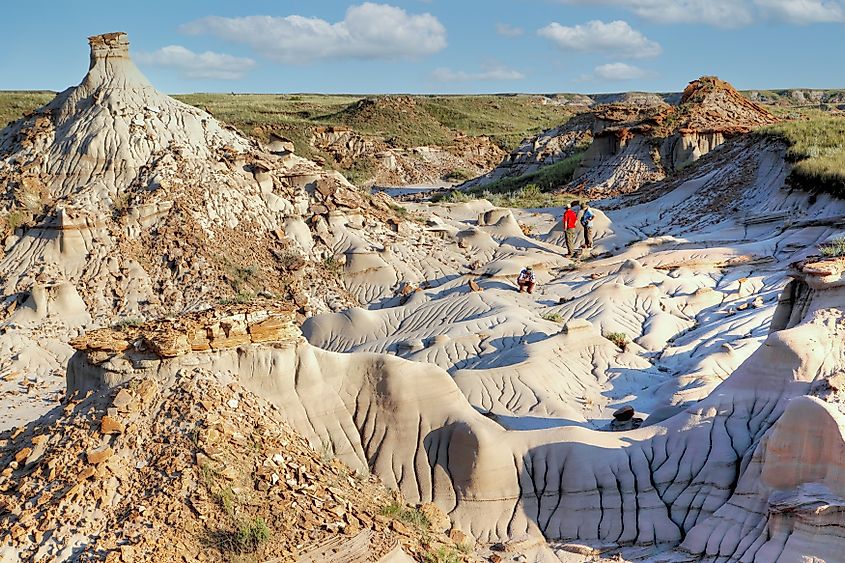
Speaking of prehistoric giants, another of Alberta's top dinosaur hotspots can be found 170 kilometers southeast of Drumheller at the aptly-named Dinosaur Provincial Park. This UNESCO World Heritage Site has also proven to be a treasure trove of fossils - gifting no less than 150 intact skeletons and 450 other fossilized organisms to scientists over the past century. Though much of these findings have been shipped out (to places such as the Royal Tyrrell Museum), two partial digs are available for visitors to witness and learn from.
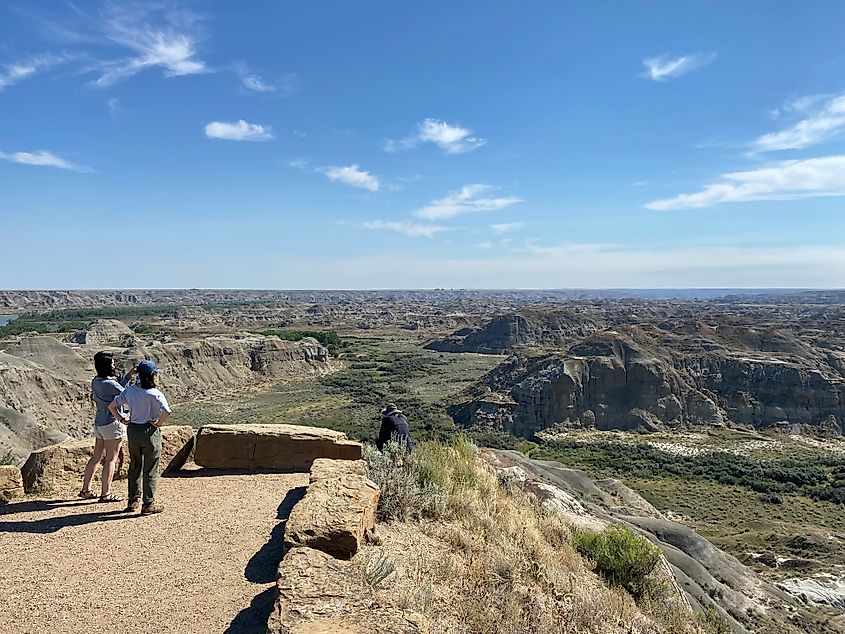
Dinosaur Provincial Park's best asset is its user-friendly network of 24 hiking trails that crisscross an exceptional section of badlands. Just be mindful of where you step, as there are still living reptiles in these parts; namely, prairie rattlesnakes. These relatively harmless (though still venomous) pit vipers, despite being a species of special concern nationally, are common throughout this arid Alberta haven. And while they tend to be shy, these cold-blooded snakes enjoy sunning themselves on the open trails (trust me, I almost stepped on one while jogging).
Canmore
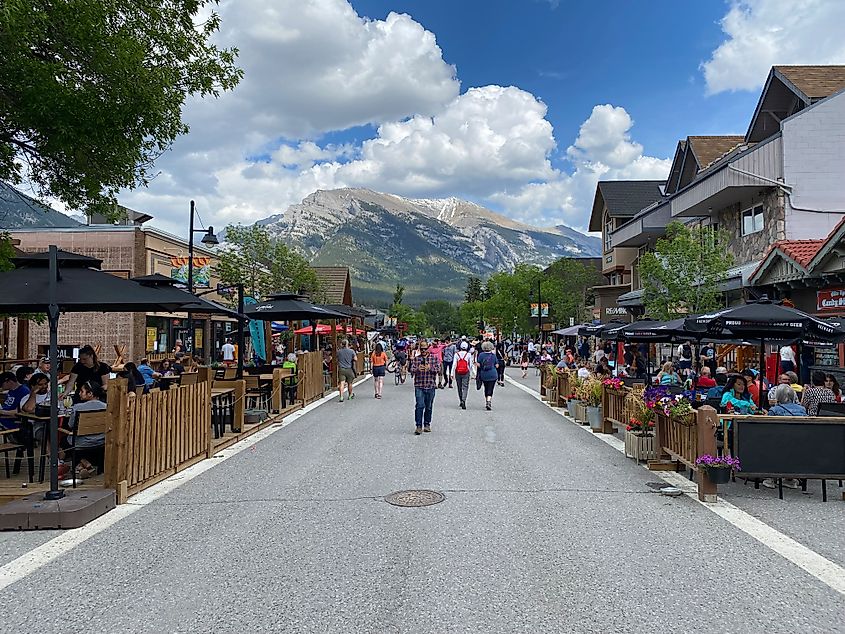
Working our way westward once again to a place just outside Banff's southeastern boundary, the vibrant mountain town of Canmore is a guaranteed crowd-pleaser. Perched beside the Bow River, at the base of the "Four Corners" (i.e. the hikable peaks of Grotto, Mount Lady MacDonald, Ha Ling, and "EEOR"), and the prominent Three Sisters peaks, Canmore offers picture-perfect scenery in all directions. But Canmore isn't just easy on the eyes; it is rich in outdoor recreation - whether it's the 80 kilometers of local hiking trails, the Canmore Nordic Center's cross-country ski and mountain biking courses, the paddle and dog-friendly Quarry Lake Park, the countless climbing routes (both indoor and out) or its two world-class golf courses. This energetic community is also a social one. Like Banff Ave, 8th Street becomes a summer pedestrian strip - allowing visitors to shop, sip and dine freely without the annoyance of stop-and-go traffic.
Kananaskis Country
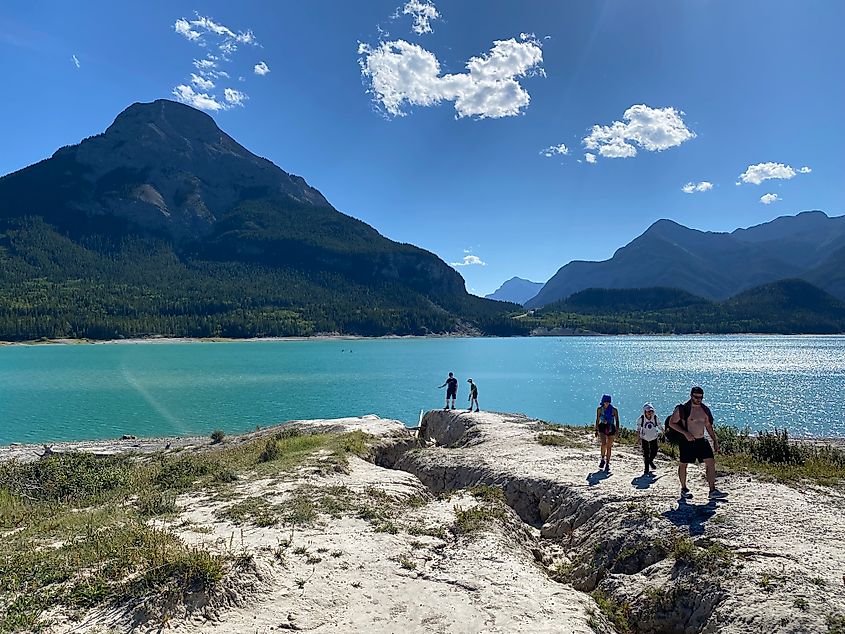
Accessed out the backside of Canmore is the 4,000 km2 amalgamated wilderness zone known as Kananaskis. "K-Country," as it is affectionately known by Albertans, was once the overlooked alternative to Banff. Well, the word has gotten out since the pandemic. So much so that a separate conservation pass is required to explore the many provincial and wildland parks that are connected by paved and gravel roads and endless hiking trails. Nonetheless, Kananaskis remains a stunning landscape that can be satisfyingly explored by car, kicks, bike, horseback, paddle craft, or skies. At the heart of it all is Kananaskis Village. Once you've gotten your fill of leg-zapping fun, why not book a rejuvenating session of massage and hydrotherapy at the Nordic Spa? On your way back to Calgary, which sits a little more than an hour's drive from most of K-Country's highlights, check out the hamlet of Bragg Creek - the eclectic town hiding in the foothills, and alternative basecamp to Kananaskis.
Elk Island National Park
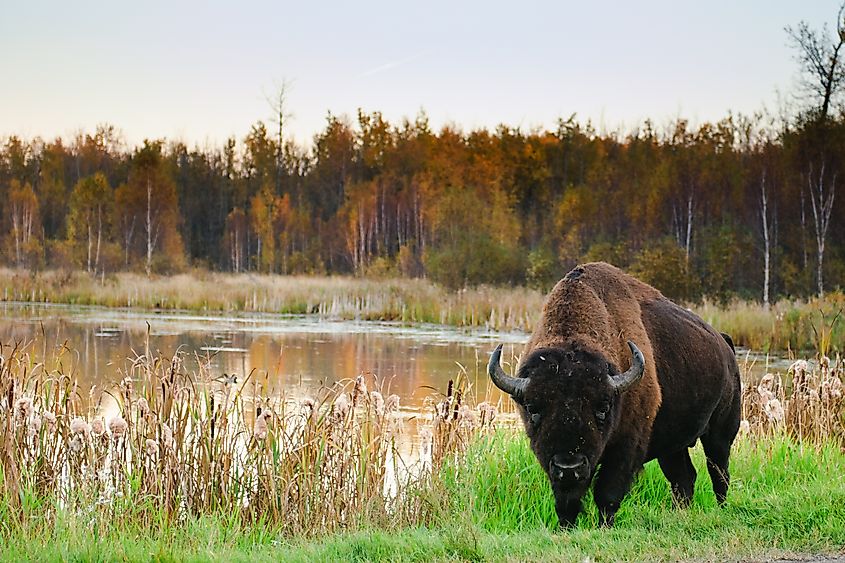
Less than 50 kilometers east of Alberta's capital city, Edmonton, lies one of Canada's underrated national parks. Though the snow-capped mountains are far in the rearview mirror, Elk Island National Park opens the door on a whole new world of wildlife. This 194 km2 UNESCO Biosphere Reserve provides sanctuary to not only large herds of its namesake animal, but also North America's largest land animal: the burly bison. Approximately 400 plains bison and 300 wood bison can be spotted here (from a respectful distance, of course). This is a far cry from the millions that once roamed the Great Plains - but hey, thanks to places like Elk Island National Park and Saskatchewan's Grasslands National Park, things are trending in the right direction. While exploring the forests, grasslands, wetlands, and lakes, day-trippers are likely to spot any of the 40 other species of mammals, 250 species of birds, and if they're lucky, five species of amphibians. And if "day trip" can be permitted to include an overnight stay - visitors can camp, or even "glamp," under the pristine stars of this Dark Sky Preserve.
Waterton Lakes National Park
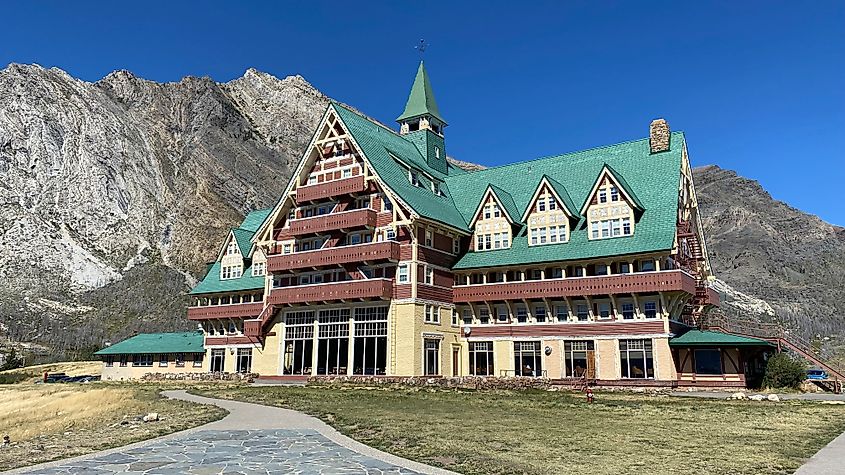
Now that we've explored the east, west, and northern reaches that are within reasonable driving distance, let's head south to the prime destinations that are most immediately accessible for our American neighbors. Waterton Lakes National Park connects to Glacier National Park to form the world's first International Peace Park. Like its Montanian cousin, the 505 km2 upper portion of this World Heritage Site/Biosphere Reserve encapsulates breathtaking Rocky Mountain skylines, transparent freshwater lakes, early 20th-century chalet-style architecture, and a diverse array of North American wildlife.
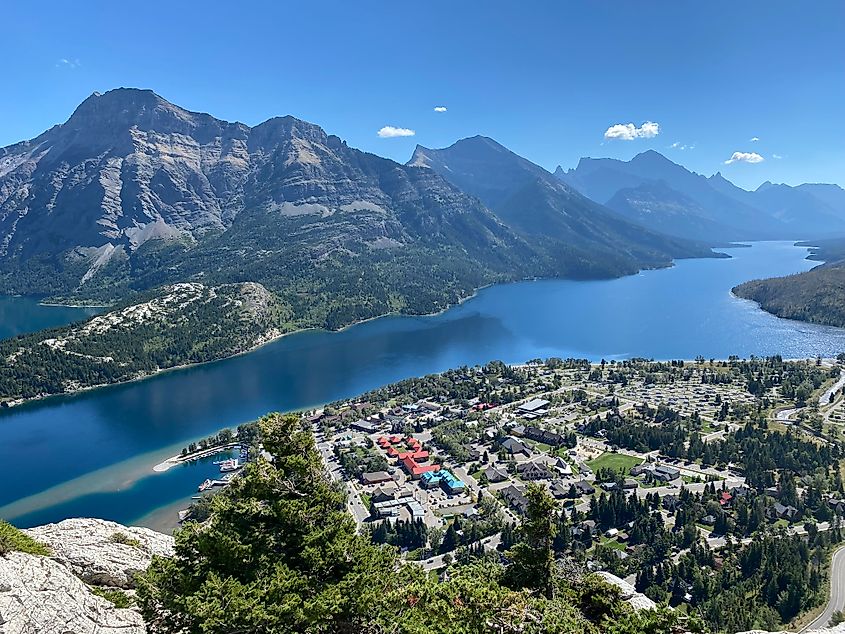
The hamlet of Waterton acts as the commercial and logistical focal point for the broader area. Here, visitors can access some of the park's best hiking trails, board a lake cruise, grab a bite at the Prince of Wales Hotel (with its floor-to-ceiling windows overlooking Upper Waterton Lake), take in the audio-visual displays at the national park visitor center, or simply kick back in one of the bright red cottage chairs along the shoreline.
Crowsnest Pass

Last but not least, the section of the East-West Highway 3 known as Crowsnest Pass makes for a perfect introduction or send-off (depending on your point of origin) to Alberta. Crowsnest Pass marks the transition into Canada's westernmost province of British Columbia, as well as the coveted Continental Divide. You'll know you've reached the multi-town region when you see the isolated, unmistakable visage of Crowsnest Mountain (which, sheer as it may look, has a scrambling route to its summit). Pop into Coleman, the old coal mining town, or Blairmore, the funky railroad town, but whatever you do, don't miss the turnoff for the Frank Slide Interpretive Center. This massive boulder field was amassed in 1903 when a chunk of Turtle Mountain gave way - killing 90 of the 100 people who were tragically in the path of the 44 million cubic meters/110 million metric tons of rocks.
Enjoy the Trip
A stone's throw from Saskatchewan, a skip away from interior British Columbia, and a nonchalant border crossing for folks from the northwestern United States, Alberta is a province with many engaging getaways. The mountains certainly take center stage, but the hidden treasures of the prairies and badlands should not be overlooked. Either way, the surrounding communities will ensure a happy day trip.

